Feature
Your drawing, good or bad, may help identify a suspect
A forensic artist at the University has revealed witnesses who draw their own image before an interview with a composite artist are more likely to remember further details about the face they saw
Published on 19 August 2024
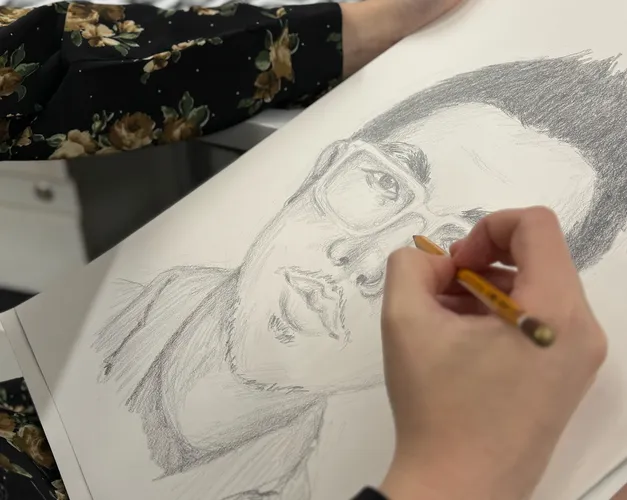
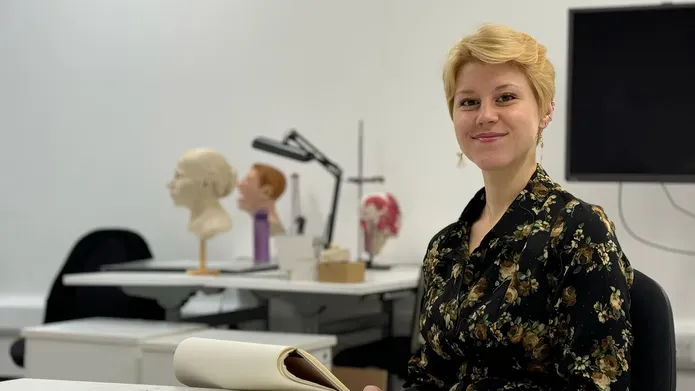
If you were asked to put pencil to paper and draw the face of a suspect involved in a crime you had witnessed, you would likely question your amateur ability and worry about the final product.
However, you may not need to worry as research by a forensic artist from the University of Dundee has found that having witnesses draw their own sketch of suspects can help in the identification process.
Cydney Davidson, a Forensic Art & Facial Imaging student at the University, has revealed witnesses who draw their own image before an interview with a composite artist are more likely to remember further details about the face they saw.
This enhanced eyewitness memory recall ultimately leads to a more accurate or recognisable composite drawing by a professional sketch artist.
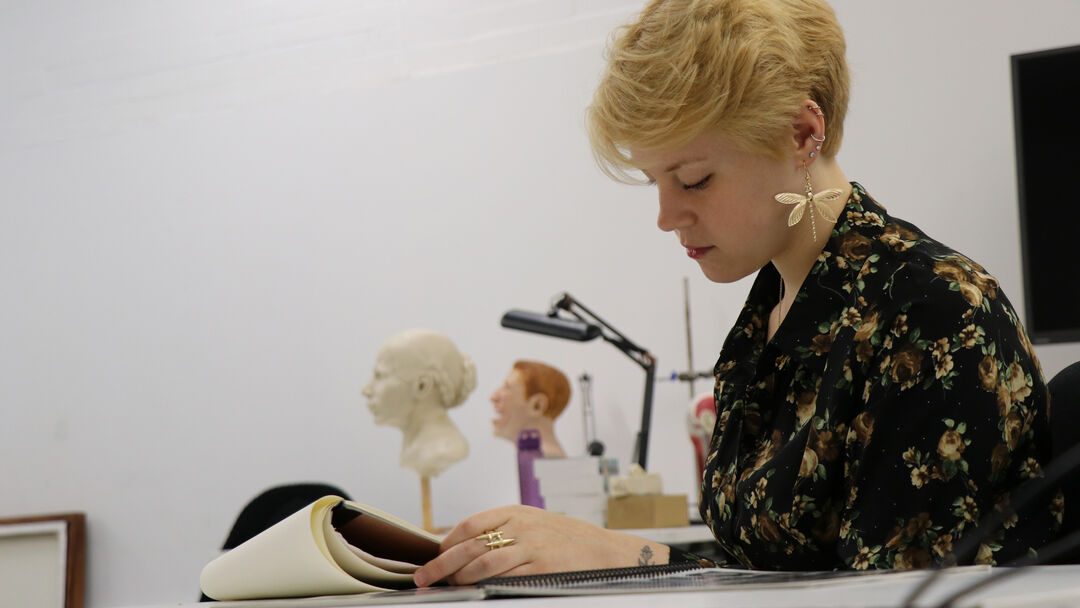
Cydney, herself a forensic artist, developed her research on the novel technique as part of her postgraduate project at the University’s School of Science and Engineering.
Her work features in the Duncan of Jordanstone College of Art & Design (DJCAD) Masters Show 2024.
“I had been thinking about people who don't have great facial memory, or don't have a good grasp of how to describe a person,” said Cydney.
“I, for example, can’t describe a face well with words, but if you sit me down with a pencil and a piece of paper after I see a person, I can draw what I might not be able to explain properly.
“I wondered if everyone was like this, or if it was just artists.”
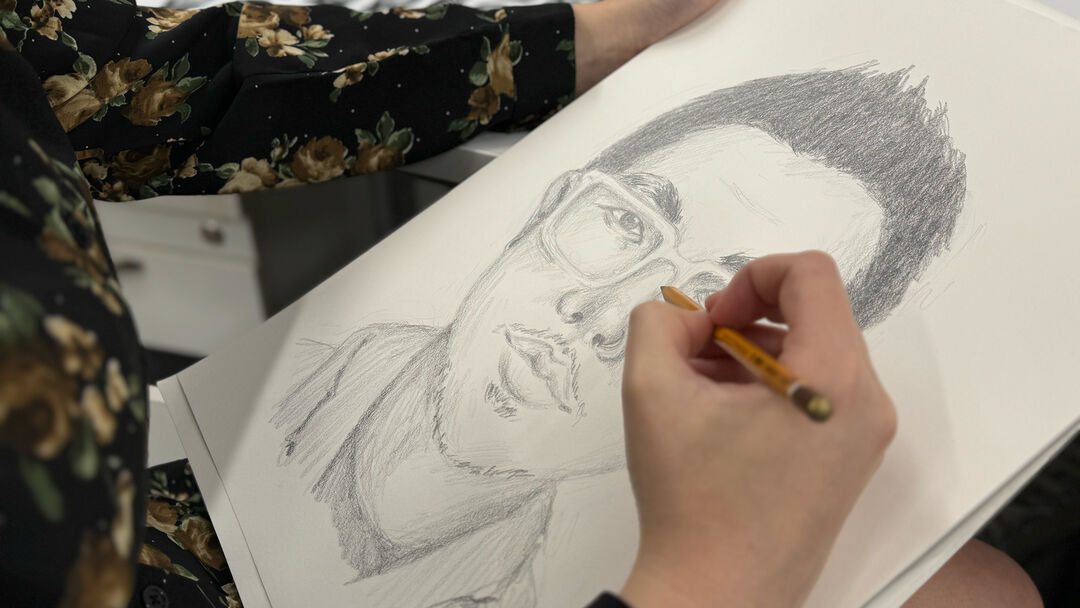
Dozens of volunteers were involved in Cydney’s experiment. They were split into two groups - ‘witness’ and ‘namers’.
She had her tutor choose a selection of faces to be used in the experiment – faces of public figures that would be known to the namers group, who were all based in the United States, but unknown to the witness group, who were all based in Scotland.
Witnesses all began with the same process – they were shown a picture of a face from the collection, which Cydney was not shown, before being sent away and told to return after several hours.
Half of the witness group were subjected to a standard composite interview process with Cydney, which involved asking them to recall what they remember about the face they were shown previously.
The other half were asked to first draw the face that they were shown, before undergoing the same interview process.
Cydney then sketched the faces described to her, and presented them to the namers group, who were asked if they recognise the person in the sketch and if they could name them.
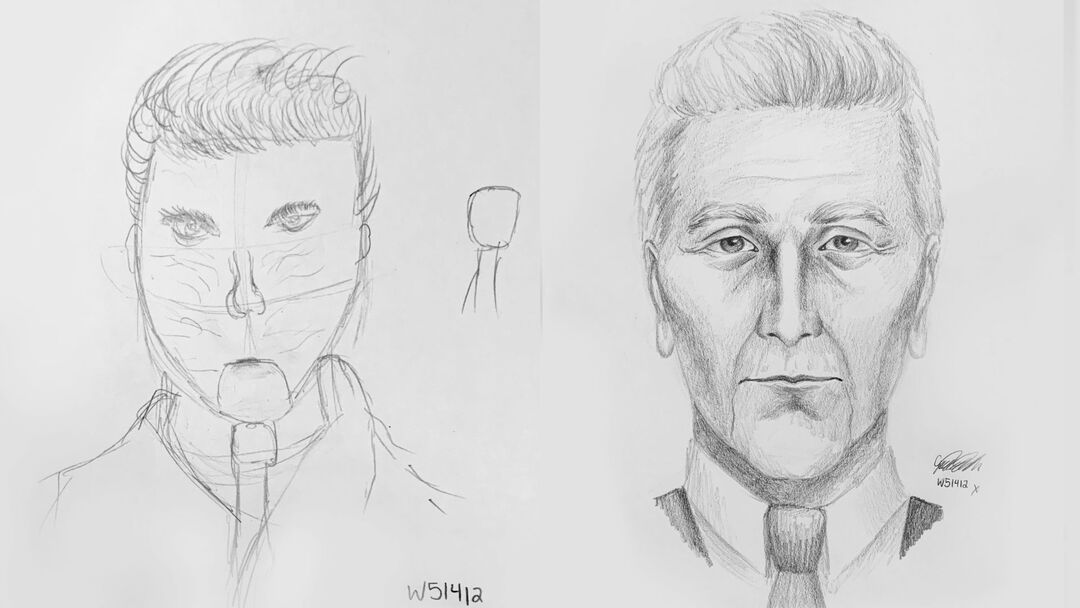
Left: witness-drawn image. Right: experimental composite (Cydney's sketch)
“The identification rate for the sketches produced from the group asked to draw first was double that than those produced from the others,” said Cydney. “It was a significant difference.
“Those who drew first were able to describe more specific observations about the face, which explains why the final composites were more identifiable.
“The drawing aspect wasn’t a popular process with volunteers, but it didn’t matter how their drawings turned out – it worked their brain in a way that it wasn’t accustomed to using and helped them remember more.
“The facial composite can be a vital tool in crime investigations, and we have a better chance of increasing suspect identification rates if they are more accurate.
“There's a whole range of different methods that people have been trying in order to do this, and this is my contribution - one thing that we could maybe do to help facial composites be more identifiable.”
Cydney’s sketches and research will be on display at the DJCAD Masters Show 2024, open to the public Saturday 24 August – Sunday 1 September.